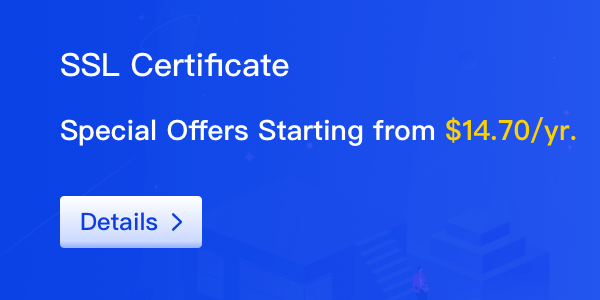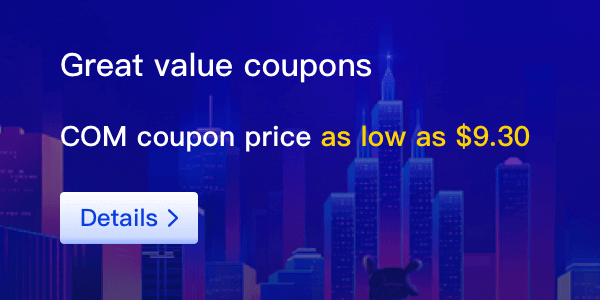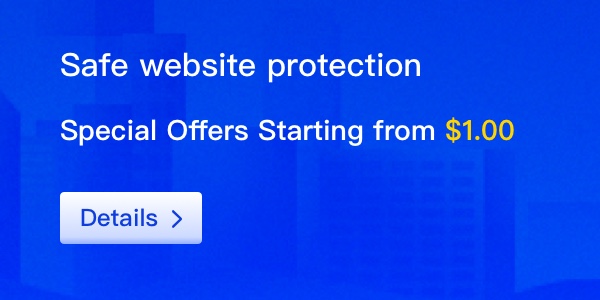In today’s competitive digital world, your domain isn’t just a web address—it’s your brand’s front door. For startups, locking in the right domain name is a must, but there’s more to it than just grabbing the .com.
Securing multiple domain extensions (also known as TLDs) isn’t just a smart move—it’s a strategic one. It protects your brand, improves your visibility, and helps future-proof your business as you grow. Let’s break down why this matters and how to approach it.
What Are Domain Extensions, and Why Do They Matter?
Domain extensions are the suffixes at the end of your web address—like .com, .net, .org, and the increasingly popular .io, .tech, or .store. There are now hundreds of options, from country codes like .uk to industry-specific ones like .design or .finance.
Here’s the issue: if you only register one extension, someone else could register a different version—say, your brand’s name with a .net or .co—and that could:
☞ Confuse your audience
☞ Damage your SEO
☞ Dilute your brand
Owning multiple extensions is like buying up all the digital real estate around your storefront. You’re making sure no one else sets up shop next door with your name.
Strengthening Brand Authority
When your startup secures multiple domain extensions, it sends a subtle but powerful message: you’re serious about your brand.
Owning more than just the .com makes your business look more established and protects your reputation. It also gives you flexibility—maybe your primary site lives on yourbrand.com, but you use yourbrand.tech for a product launch, or yourbrand.org for a non-profit initiative.
Customers, investors, and partners notice these things. It makes your startup look legit, polished, and well-prepared for growth.
SEO and Search Visibility Benefits
Owning more domain extensions won’t directly boost your rankings—but it does give you more control over how your brand appears across search engines.
You can use alternate domains to:
☞ Build location-specific content (like yourbrand.ca)
☞ Launch SEO-friendly microsites around keywords
☞ Capture mistyped traffic (e.g., if someone types .net instead of .com)
When done right, this can reduce bounce rates, retain more visitors, and improve your brand’s presence across different markets or search queries.
How to Secure Multiple Domain Extensions (Without Going Overboard)
Here’s how to do it smartly:
1. Prioritize core TLDs – Start with .com, .net, .org, and any others that make sense for your industry or region.
2. Look at your niche – A creative agency might want .studio, while a SaaS startup might grab .tech or .cloud.
3. Act early – Domain names get snapped up fast. Even if you don’t plan to use them immediately, securing them now is cheaper than buying them later on the secondary market.
4. Set up redirects – Point all your alternate domains to your main site to avoid confusion and consolidate traffic.
5. Stay organized – Use a trusted domain registrar and track renewal dates. Losing a domain because you forgot to renew it can be a costly mistake.
Read More:The Creator Economy Is Growing Up—And Getting Smarter
For startups, your domain is a cornerstone of your brand. And in a crowded digital space, securing multiple domain extensions is a smart, forward-thinking way to protect and grow that brand.
It’s not about owning 20 domains just to say you do—it’s about strategic ownership. Cover your bases, protect your identity, and set your startup up for a future where you’re in full control of how your brand appears online.
Because in the digital world, it’s better to own it now than fight to reclaim it later.





















